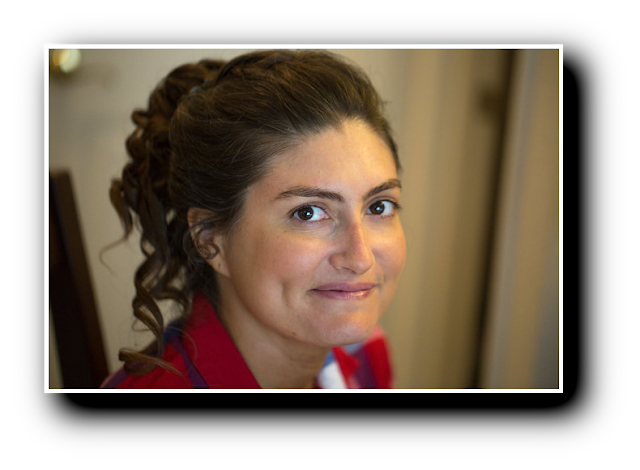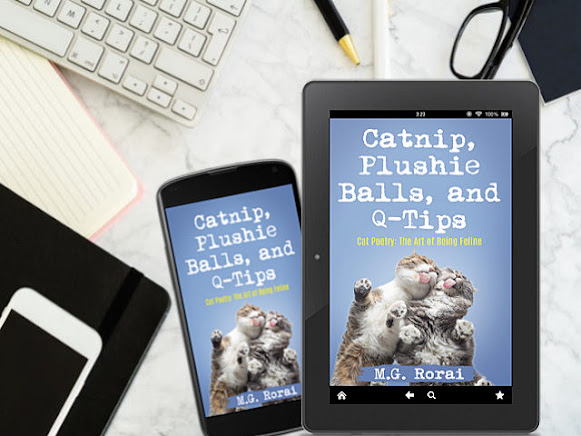Rynna Dalton is welcomed to Stonebridge by the ghostly presence of her mother's murdered cousin Rosalind, but both Rosalind and Cousin Ted warn her against marrying Rosalind's son.
Title: Stonebridge
Author: Linda Griffin
Publisher: The Wild Rose Press
Publication Date: November 1, 2023
Pages: 256
Genre: Ghost Story/Romance
After the death of her mother, Rynna Dalton comes to live with her imperious great-grandmother and her bookish, disabled cousin Ted at Stonebridge Manor. Almost immediately she is aware of a mysterious presence, which she believes is the spirit of her mother’s murdered cousin, Rosalind. Rynna is charmed by Rosalind’s lawyer son Jason Wyatt, who courts her, and she agrees to marry him. Meanwhile Ted and Rynna become good friends. But Stonebridge holds secrets that will profoundly affect her future. Why is Ted so opposed to the match? Why does Rosalind seem to warn Rynna against it? And how far will Jason go to possess Stonebridge—and the woman he professes to love?
Buy Links:
Amazon | Barnes & Noble | iBooks
Book Excerpt:
She negotiated the stairs one at a time, her bare feet silent on the plush carpet. Halfway down, she leaned over the banister, concentrating intently. No sound from the direction of the music room, no stir from the servants’ hall.
She crept in the door of the music room, where she could barely make out the shape of the piano in the darkness. A quick, furtive glance behind her and then she switched on the flashlight and swept the beam around the still room. Nothing lurked in the shadows. She tiptoed to the piano and ran the light across the keys. No visible strings or wires.
She heard a faint murmur and snapped off the flashlight. She ducked back from the door and hid in a shadowed corner where she was sure she couldn’t be seen with the overhead light off. She waited and heard nothing more. The sound had been almost inaudible, perhaps just the old house creaking or settling.
She held her arm close to her face so she could read the faintly luminous dial of her wristwatch. It was 2:15. Easy enough to wait where she was for a few more minutes. If the pattern held, the practical joker would fall right into her trap. She leaned against the wall and kept her breathing steady and quiet. Just a few minutes more, a little patience. The house was quiet, peaceful, waiting.
Someone was in the room.
Rynna snapped on the flashlight.
No one was there. She had not heard anything to suggest anyone had come into the room, and nothing had touched her, and yet for a split-second she had been absolutely certain someone was a few feet away. She’d had such a strong kinesthetic sense of a presence that the flashlight was on before she had time for conscious thought.
She switched it off again, feeling foolish, but damn it, she had detected something. The sensation was so vivid she had a lingering memory of the other person’s scent. Or did she detect something tangible now? A faint trace of perfume? Something unfamiliar and s suggestive of roses. Now I’m imagining things, she told herself sternly. She hoped the light hadn’t given her away and she still had time to wait undiscovered for the trickster to appear.
She leaned back against the wall and waited, listening to the silence. The house was almost too quiet, as if nobody lived there. Nothing creaked or shifted or fluttered in the darkness. But for the knowledge that she didn’t have long to wait, the silence would have gotten on her nerves. As it was, the hair on the back of her neck prickled. She shivered a little. Like most old houses, Stonebridge was drafty.
The silence was oppressive and in some way alive. An inexplicable chill ran down her spine. She saw nothing, heard nothing. She didn’t even have a definite sense of someone else in the room. She was simply unnerved for no reason. For a few seconds more she stayed in the shadows of the music room and then, with an almost physical sensation, her composure shattered.
Rynna fled. She ran for the stairs and clambered up them, slipping and stumbling in the dark, half-choked by terror and gasping for breath. At the top of the stairs, she ran full tilt into someone hurrying down the hall, and before she had time to register who it was, she screamed.
Linda Griffin knew she wanted to be a “book maker” as soon as she learned to read and wrote her first story, “Judy and the Fairies,” at the age of six. She retired as fiction librarian for the San Diego Public Library to spend more time on her writing. She has had stories of every length from short shorts to novellas published in numerous literary journals, and Stonebridge is her eighth book from the Wild Rose Press. She enjoys the three R’s — reading, writing, and research–as well as Scrabble, movies, and travel.
Author Links






















